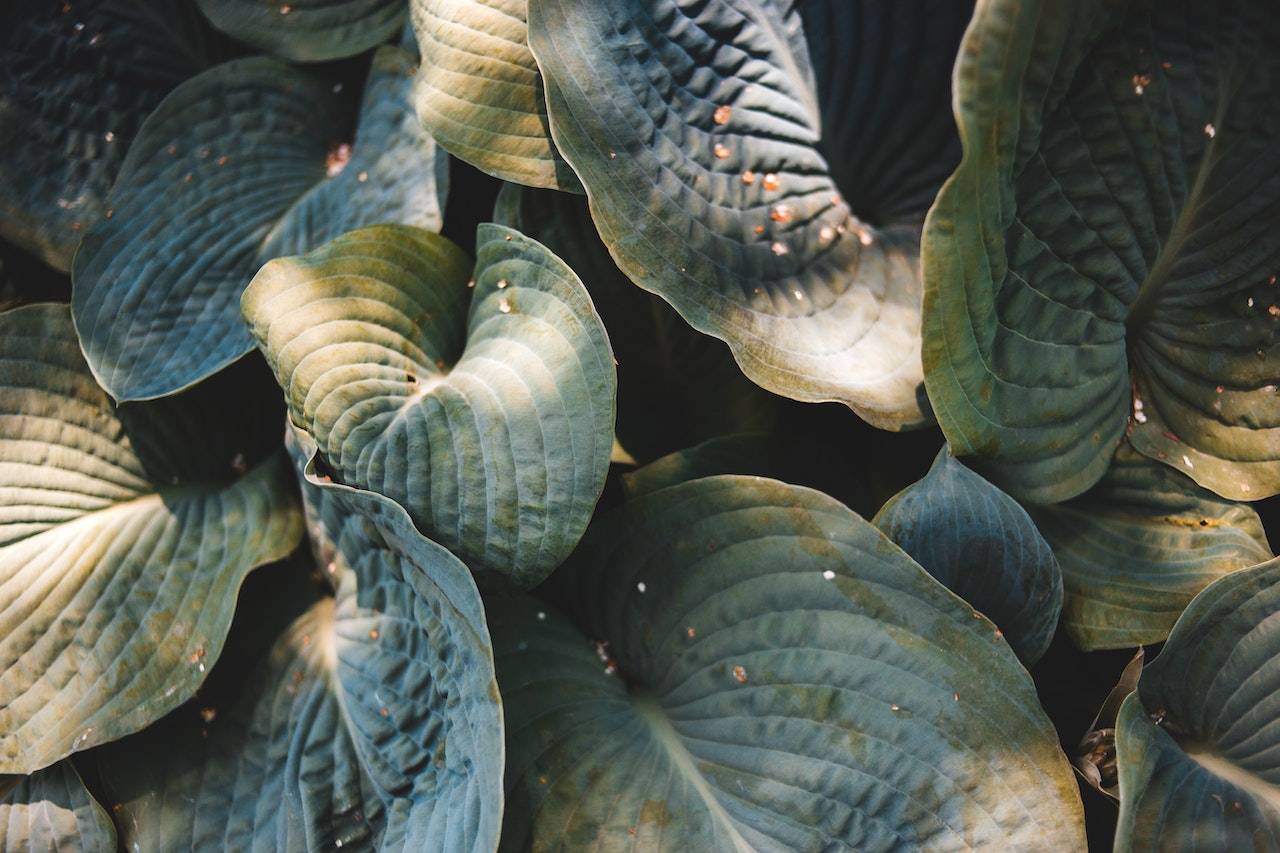
Protecting your plants from debilitating diseases can be as easy as learning to recognize the symptoms and knowing how to practice prevention. A holistic approach includes first identifying the pathogen and then deciding on a treatment method that is safe, effective, and responsible. See here how you can identify some diseases and what causes them so you know how to avoid some of these plant-fatal diseases.
Subscribe
Black Spot
Black spot is one of the most common diseases found in roses, though it can also be found to affect other ornamental and garden plants. This fungal disease causes black, round spots(hence the name) that form on the lower and upper sides of the leaves. Severe infestations can cause infected leaves to turn yellow and fall off the plant. Black spot is a problem during extended periods of wet weather or when leaves are wet for 6 hours or more- so if it's rainy and you have standing water it is best to check on these plants. Black spot is caused by spores overwintering in the fallen leaves.
Tips for Controlling Black Spots on Leaves:
- Make sure to plant in well-draining soil. Keep your plants healthy by providing regular feedings of organic fertilizer like our Plant Juice. This will help prevent fungal disease in plants.
- As stated earlier, the fungus spores overwinter in plant debris. Make sure to remove dead leaves and infected stems from around the plants and discard them away from your garden or compost.
- Then, thoroughly disinfect your pruners with a household disinfectant after every use; ethanol or isopropyl alcohol can be used straight out of the bottle or a mixture of 10% bleach works just as well.
- Because water (not wind) spreads the fungal spores, avoid applying water to the leaves. When you water, apply water directly to the roots.
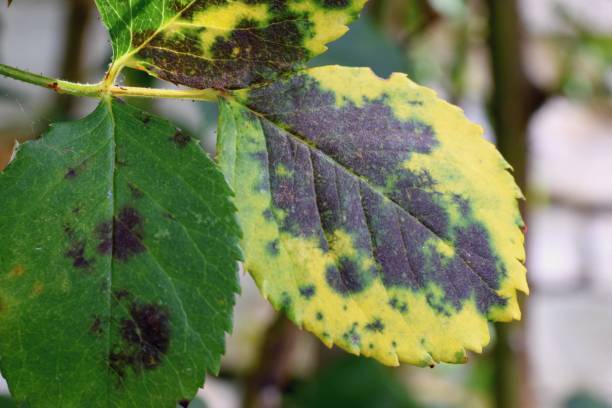
Blight
Plant blight is a rather common plant disease, and is one of the worst plant infections out there- it is known to have caused the potato famine of the 1840s. Blight is a fungal disease that spreads through spores that are windborne. For this reason, spores can cover large areas and rapidly spread the infection. Blight can only spread under warm, humid conditions, especially with two consecutive days of temperatures above 50°F, and humidity above 90% for eleven hours or more. At this time, no cure has been known to exist and prevention is the only option.
Tips for Preventing Blight:
- If growing potatoes, plan to grow varieties that do well in Spring and early Summer, as Blight usually grows in mid-summer.
- Pick resistant plant varieties such as Sarpo Mira and Sarpo Axona if growing potatoes.
- Remember to always practice good garden hygiene and clean all tools.
- Destroy any blight-infected plant parts by either burning or keeping it in a sealed container.
- Blight is air-borne, and can travel not only to your other plants but your neighbors as well.
- Discard it in the trash. Do not add to your compost pile.
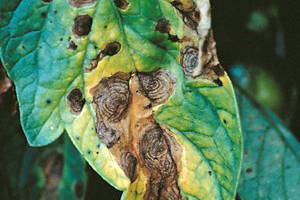
Canker
A canker is an open wound that has been infected by fungal or bacterial pathogens. Some cankers are not serious while others can be lethal. Canker occurs primarily on woody landscape plants. Symptoms may include sunken, swollen, cracked, or dead areas found on stems, limbs, or trunks. Cankers can girdle branches, and kill the foliage. Cankers are most common on stressed plants that have been weakened by cold, insects, drought conditions, nutritional imbalances, or root rot. Rodents have also been known to spread pathogens leading to canker.
Tips for Controlling Canker in Plants:
- Remove diseased parts in dry weather.
- Grow resistant varieties whenever possible.
- Avoid overwatering and overcrowding; avoid mechanical wounds such as damage from lawn mowers and trimming.
- Wrap young, newly planted trees to prevent sun scalding. Sun scalding creates dead patches that form on trunks and limbs of young trees if the trunks have been shaded, then transplanted to sunny areas.
- Keep plants thriving by planting in healthy soils and maintaining nutritional requirements.
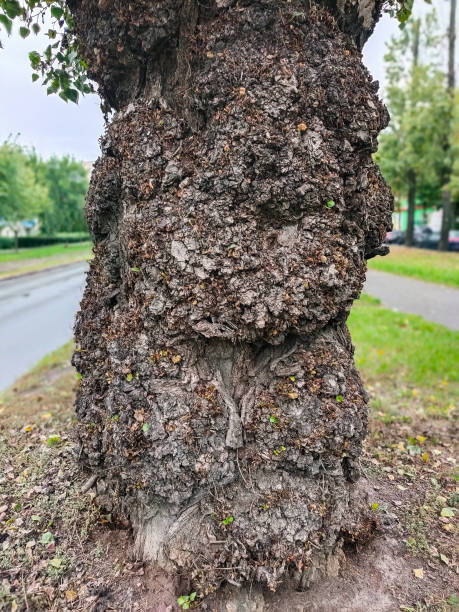
Downy Mildew
With downy mildew differing from powdery mildew, it is important to understand the differences between the two. Powdery mildews are true fungal pathogens that display a white powdery substance on the upper leaves and downy mildew, on the other hand, are more related to algae and produce grayish fuzzy-looking spores on the lower surfaces of leaves. To identify downy mildew, look for pale green or yellow spots on the upper surfaces of older leaves. On the lower surfaces, the fungus will display a white to grayish, cotton-like downy substance. Downy mildew occurs during cool, moist weather such as in early spring or late fall. Spore production is favored by temperatures below 65°F and with high relative humidity.
Tips for Downy Mildew Treatment:
- Downy mildew needs water to survive and spread. If there is no water on your leaves, the disease cannot spread. Keep water off leaves as much as possible.
- Because the disease overwinters on dead plant debris, be sure to clean around your plants in the fall to help prevent the disease in the Spring.
- Some of the fungicides used to control powdery mildew will not control downy mildew. Use a fungicide that specifically states that it will treat downy mildew.
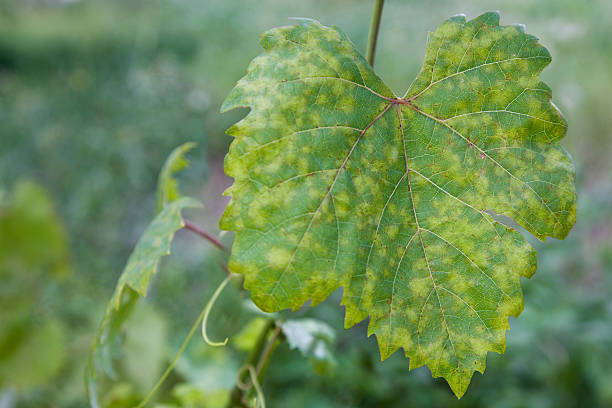
Fungal Leaf Spot
Fungal leaf spot disease can be found both on houseplants and in the garden. This occurs during warm, wet conditions. As the disease progresses, the fungal spots grow large enough to touch each other. At this point, the leaf surface appears more like blotches than spots. Leaf spot may result in the defoliation of a plant. Since this disease is similar to Black Spot, we recommend using the same tips and tricks to control it.
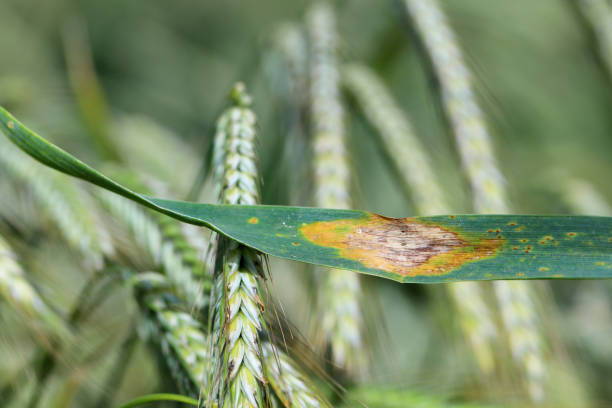
Powdery Mildew
Powdery mildew is a fungal disease that affects many of our outdoor plants, flowers, vegetables, and fruits. Powdery mildew is an easy one to identify. Infected plants will display a white powdery substance that is most visible on upper leaf surfaces, though it can appear anywhere on the plant, including stems, flower buds, and even the fruit of the plant. This fungus thrives during low soil moisture conditions combined with high humidity levels on the upper parts of the plant surface. It tends to affect plants kept in shady areas more than those in direct sun.
Tips for Controlling Powdery Mildew:
- Inspect plants that you buy from a greenhouse before purchasing for mildew.
- Simply cleaning the leaves is not always effective as powdery mildew can return within a few days after cleaning.
- Spores overwinter in debris, so all infected debris should be removed. Trim and remove infected plant parts, taking care to use the same precautions of cleaning the tools used as mentioned in the black spot treatment.
- Do not till the debris into the soil or use it in your compost pile.
- Space plants are far enough apart to increase air circulation and reduce humidity.
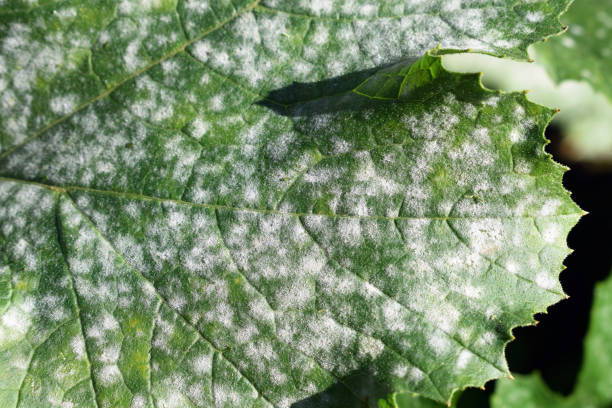
Tips to control all plant and fungi diseases
First and foremost, build a well-draining soil foundation with plenty of organic matter prior to planting. Soils that hold too much water can cause root rot and attract diseases. Avoid getting water on leaves by always watering the soil around plants instead of all over. Hand water at the root zone or use a soaker hose. Fertilize as necessary to keep plants in peak condition.
- Choose resistant varieties whenever possible.
- Prune or stake plants, do not crowd them, and remove tall weeds to improve air circulation. Plants in containers can be placed away from areas that do not receive air circulation.
- Remove any infected debris to keep the disease from spreading; do not place infected debris in your compost bin or near other plants.
- Water during early morning hours so the plants can dry out during the day..
- Inspect all plants for disease symptoms and pests before you purchase.
- Disinfect pruners and other tools between each plant and especially after cutting diseased plant parts.
- Invest in a loop microscope. A loop microscope is a great way to detect fungus and insect problems that would be otherwise a little difficult or impossible to detect at early stages with the naked eye.
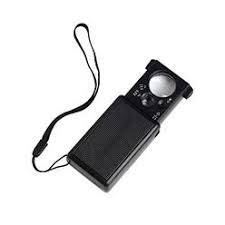
Our Products
